Home
Mediterranea
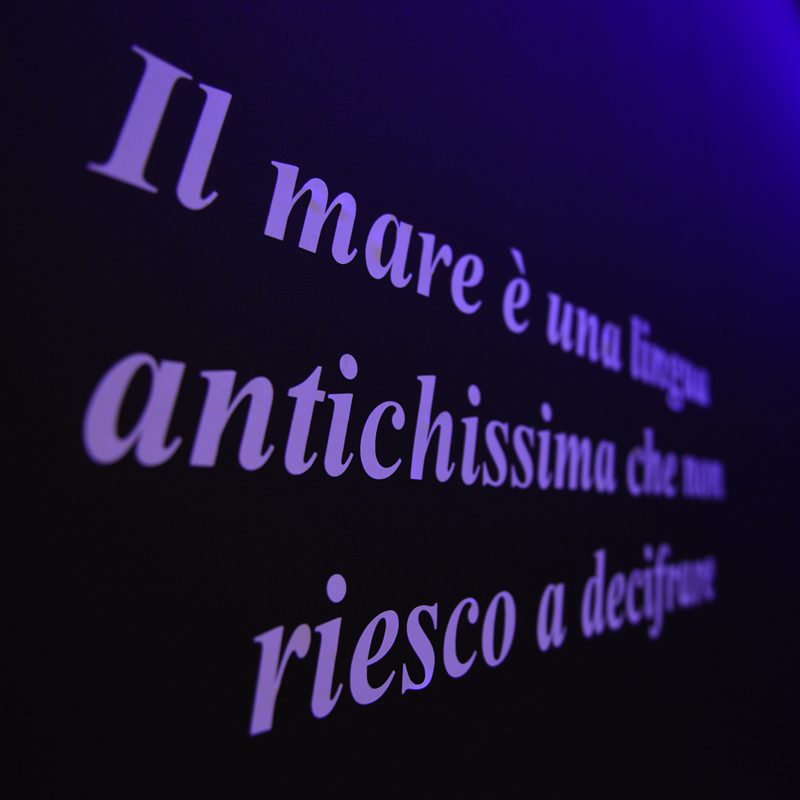
- Project Leader/Coproduzione/Ecc.:
Co-produced by
Polo Museale della Basilicata - Immagine progetto:

- Sponsor:
- Evento:
- Campo aggiuntivo 5:
Curator:
Viviana Panaccia
'Mediterranea' is an exhibition that tells of the history, beauty, populations and myths of this sea continent, but also of the pitfalls and contrasts that menace it today. The itinerary will represent the Mediterranean in all its complexity, through the narration of its history using unique satellite images, photos, videos and site-specific installations with an extraordinary emotive impact.
Terrae Motus
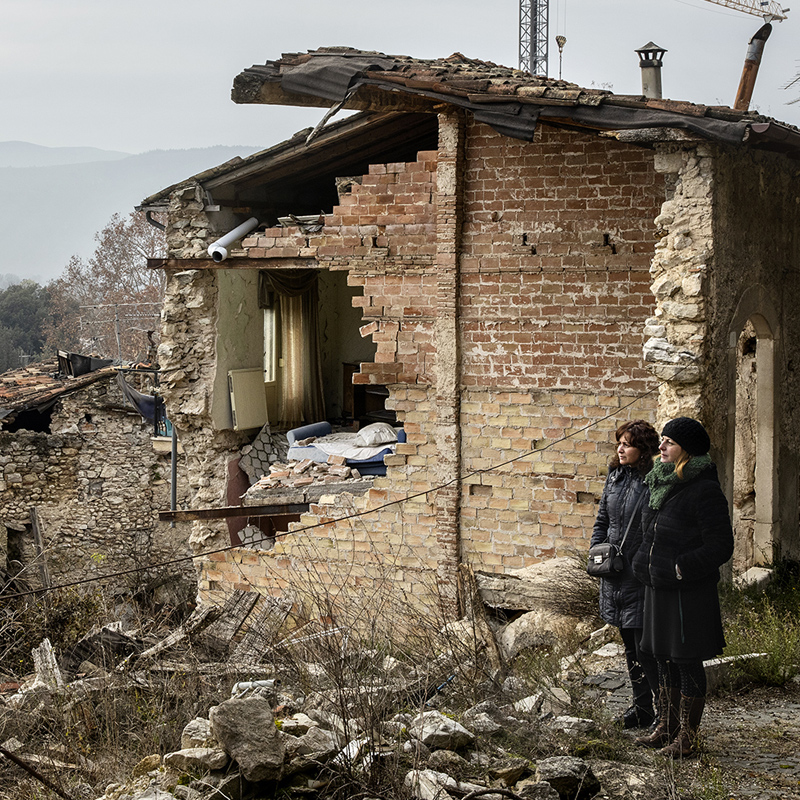
- Immagine progetto:

- Project Partners:
Sigea (Italian environmental geology company)
Anci (National Association of Italian Local Authorities) - Evento:
- Campo aggiuntivo 5:
Curator: Antonio Di Giacomo
Photo credits: Paganica (L'Aquila), December 2018. Giuseppe Carotenuto
As part of Matera 2019 there will be a large photography exhibition inspired by the tenth anniversary of the earthquake that devastated the city of L’Aquila on 6 April 2009. The display aims to create a space to reflect on the difficulties of dealing with the earthquake’s after-effects throughout the whole country.
Gardentopia
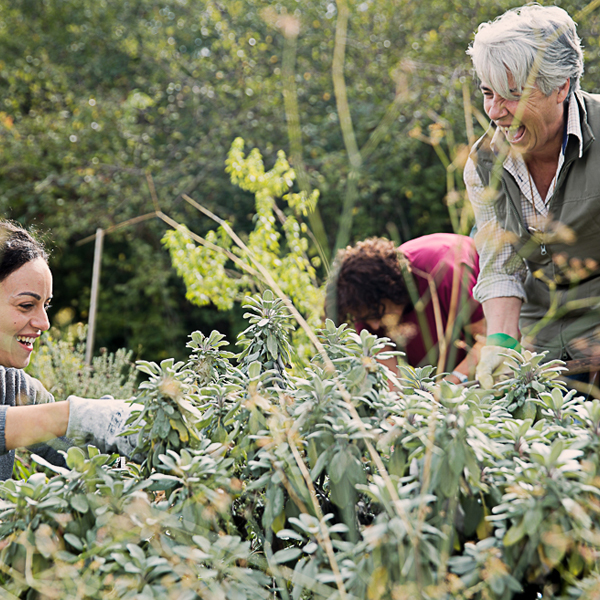
- Immagine progetto:
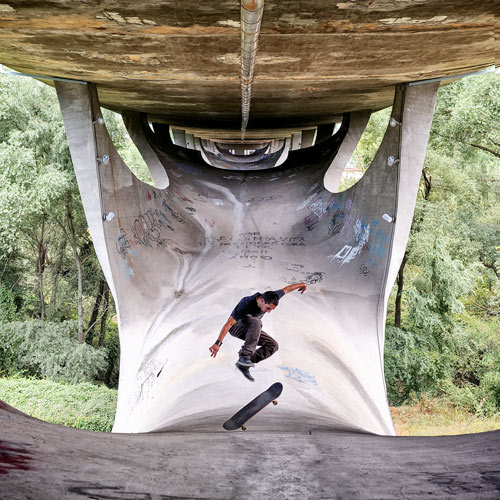
- Artists:
Curator: Pelin Tan, Turkey
ABOUT A WORKER, France
Anton Vidokle, Russia/USA
Atelier delle Verdure, Italy
Emily Jacir, Mediterranean
Errands, Greece
Futurefarmers, USA
Jeanne van Heeswijk, Holland
Leone Contini, Italy
Luigi Coppola, Italy
Martina Muzi, Italy
meson ro studio, Italy
Michael Leung, Hong Kong
Michela Pasquali, Italy
Nomeda & Gediminas Urbonas, Lithuania/USA
OrtiAlti, Italy
Otobong Nkanga, Nigeria/Belgium
Rirkrit Tiravanija, USA/Thailand
Volumezero, Italy - Sponsor:
Sponsor tecnico: Coldiretti Basilicata
- Evento:
- Campo aggiuntivo 5:
Community gardens: "Giardino dei MOMenti", "Giardino Spighe Bianche", "Giardino Agoragri", "Giardino L’erba del vicinato", "Giardino Namastè" in Matera and "Giardino Boschetto orizzontale" in Potenza.
Community gardens of the Region: in Barile, Bernalda-Metaponto, Campomaggiore, Castelsaraceno, Chiaromonte, Cirigliano, Irsina, Lavello, Maschito, Montemilone, Muro Lucano, Oliveto Lucano, Palazzo San Gervasio, Pietragalla, Pietrapertosa, Rapone, Rionero in Vulture, Salandra, San Costantino Albanese, San Mauro Forte, Sasso di Castalda, Stigliano, Vaglio, Vietri di Potenza.
Happiness, according to Tolstoy, is being with nature, experiencing it and conversing with it, in an active relationship which changes the land, making it greener, making it ours.
Thauma - Atlas of Gesture, the third I-DEA exhibition by Virgilio Sieni
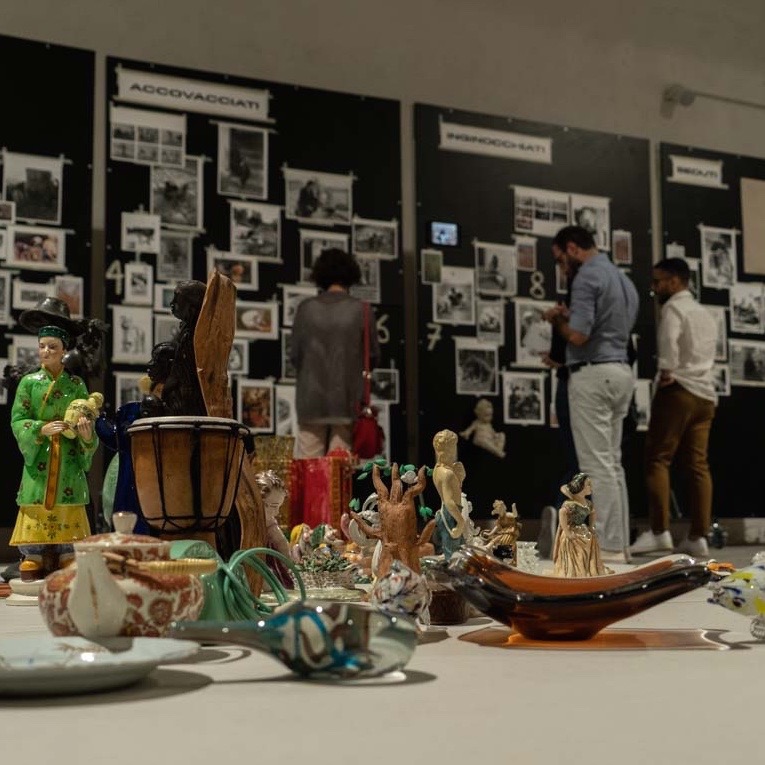
Between art and dance, the third I-DEA Thauma - Atlas of Gesture exhibition, from 13 September to 7 October, was a heartfelt search for lost gestures. A journey that started from the study and exploration of materials from the archives of Basilicata and other Italian regions to create another archive of the gesture through exhibitions, installations, practices, choreographic actions, performances and special projects. Virgilio Sieni, former director of the Venice Biennial Dance Sector from 2013 to 2016, is one of the most iconic dancers and choreographers on the European scene, and he was the curator behind this extraordinary exhibition for the first time. In Cava Paradiso, Thauma -Atlas of Gesture hosted a series of tables on the exploration of the body in search of the disappeared gestures that contained drawings, photographs, annotations, sequences,objects, videos and maps. A real atlas of gestures was enriched every day with research materials in the field, becoming a study platform and a permanent research and creation workshop, in a participatory process that actively involved citizens. The set-up, the pulsating and living body of the project in constant evolution, has retained some elements of Studio Formafantasma's previous exhibition, as always happens in the transition from one exhibition to another within the I-DEA project. A rich programme of performances, actions and practices on the gesture accompanied the exhibition throughout the month of September. On the occasion of the inauguration on 12 September, we attended 'Domestic Dances' accompanied by live music performed by Roberto Cecchetto on guitar: dances created with some citizens previously met in their homes by Virgilio Sieni and his team, who collected gestures and objects to transform them into choreographic installations created starting from ritual gestures and recovered objects.
From 11 to 16 September there was a Workshop to build wooden sprites and elves for children between 6 and 11 years old, conducted by Viola Tortoli Bartoli, and inspired by the tradition of characters from Lucan folklore. The programme of choreographed actions continued on 13 September with the 'Dances toward off the evil eye', which the Compagnia Virgilio Sieni (with live music performed by Michele Rabbia on percussion) presented as installations on tuff pedestals, on 15 September with Agorà Mothers and Children, duo dances performed by mothers and their children, the result of a creative process carried out with Sieni, and live music by Roberto Cecchetto on guitar, on 19 and 22 September with the Frontier Dances, on the disappeared gestures, interpreted by citizens and born of a process of immersion in the nature of the gesture. Between 23 and 28 September, Officina Tattile breathed new life into the Quaroni Theatre in Borgo La Martella, the space designed by Ludovico Quaroni at the request of Adriano Olivetti for the great utopian urban intervention conducted in the 1950s by the entrepreneur, who brought together architecture, enterprise and attention to the community.
Performances, workshops and dialogues alternated in this wonderful space given back to the whole community for a week. The programme was completed, still within the Theatre and the Spazio Tattile workshops, in collaboration with the visually impaired dancer Giuseppe Comuniello (with whom they will also produce the short work Blind Dance), with the performance 'In front of the eyes of others' with Virgilio Sieni. Finally, on 28 September there was the 'Communal Dance', where Sieni led a final collective dance open to all, citizens, dancers and performers of all ages and
backgrounds, created on the spot basic instructions on the simple gestures that form us as individuals: a sequence of movements freely performed according to one's abilities, creating a series of repetitions. A project accompanied by musicians Spartaco Cortesi and Naomi Berrill. The I-DEA space for 'Thauma - Atlas of Gesture' is in transition and will gradually be transformed into 'The Land of Cockaigne' curated by Navine G. Khan-Dossos and James Bridle, the fourth exhibition that will open on 18 October and will remain open until 18 November.
Thauma - Atlas of Gesture was an unprecedented search for postures, for physical but also emotional resonances of the people put into dialogue with the images recovered from the historical archives of Basilicata.






